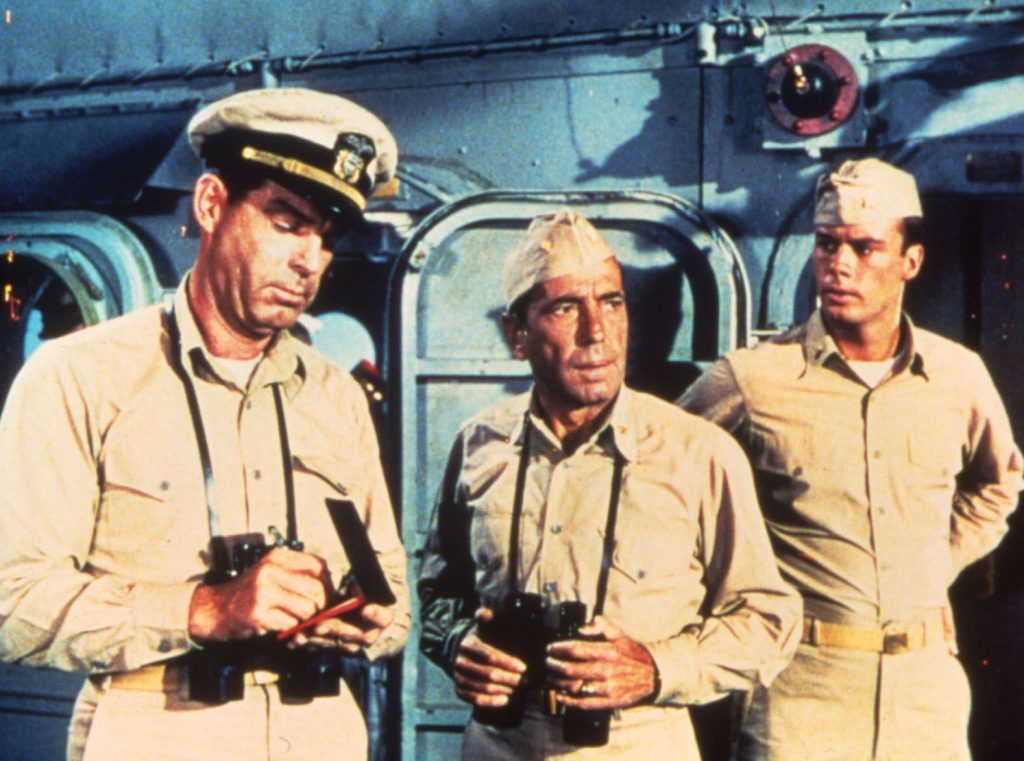Jimmie (Jimmie Fails) sits next to a skateboard at the beginning of The Last Black Man in San Francisco, and for the rest of the film, which follows Jimmie and best friend Mont (Jonathan Majors) as they try to regain ownership of Jimmie’s childhood house, the board rarely leaves his side. It’s as much a partner to him as Mont is. In fact, Jimmie’s skateboard is a representation of his identity — as a black man, as a young black man, and as a young black man from San Francisco — and part of a larger visual metaphor for the gentrification taking place in the Bay Area.
Within minutes of that first shot of Jimmie and his board, Last Black Man dives into an operatic sequence of him and Mont riding the board through San Francisco. It’s an organic and authentic piece of cultural world-building that truly places us in the physical space of the film, as San Francisco’s skateboard culture has deep history. In the sequence, Jimmie “bombs” a hill, one of the most iconic visuals in skateboarding history. The skateboard is set up as a mode of transportation, release, and expression for Jimmie. It’s inherent to him, an idea communicated through language of the sport’s past.
Last Black Man then juxtaposes Jimmie’s skateboarding next to white folk touring the city on another mode of transportation: Segways. As Jimmie looks out the window of his childhood home, about a dozen people wearing helmets (Jimmie doesn’t wear one while riding his skateboard) look up toward him, as though he and the house are on display in a museum — framing the white folk as emotionally removed gazers and gawkers. It’s a jarring, explicit showcase of gentrification and presents skateboarding, losing out to Segways, as part of the dying culture in San Francisco.
That’s part of why Jimmie feels lost and so attached to the idea of his childhood home. As he reconnects with childhood friend Kofi (Jamal Trulove) through Mont, Jimmie asks him if he still skates, which Kofi doesn’t. Violence later befalls Kofi, and Jimmie says something key. “That could have been me.”
That line introduces into the subtext the idea that skateboarding helped Jimmie stay away from violence. Last Black Man features a cameo of famous street skater Daewon Song, and that’s exactly his story: of seeing friends lost to violence and needing to stick to skateboarding to stay away from that. It’s the story of so many skaters across the country, shown in films like 2018’s Oscar-nominated documentary Minding the Gap.
But in attempting to get back his old home, Jimmie also has to hide his skateboard — leaving it with a homeless man on the streets — from his father, James Sr. (Rob Morgan), when visiting him to talk about the house. We see James Sr. watching an unknowing Jimmie from a window as he leaves the skateboard behind — and when their conversation turns to the house, James Sr. quickly snaps, both saying that he saw what Jimmie did with his board and rejecting the idea of him living in that house.
Amidst everything, the film also drives home the point that gentrification can cause immense pain across generational gaps. James Sr. has moved on to survive, so both Jimmie’s board and the house — remnants of the past — are sources of anger for him. Jimmie, on the other hand, has held on to survive, and because of that, he and his father can’t bond. They tell themselves different stories.
The story of skateboarding in the film is one that director Joe Talbot tells so impressively. Much of skateboarding’s connection to themes of gentrification, displacement, and loss lies in the subtext, never over-explained. Whether it be with tranquil images of Jimmie holding his board as he hitches a ride on the back of a delivery truck, epic visions of him bombing hills, or smooth tracking shots of him riding his board on the sidewalk as people in his neighborhood walk by, the film ties the physicality of skateboarding to what it’s like to live in and travel through San Francisco.
The Last Black Man in San Francisco is about the culture and the people who are being lost to the city, pushed out by it, and it’s breaking Jimmie. That’s why, at the end of the film, Jimmie snaps his board. But he still carries it with him. It’s a part of his identity, even if broken. As Jimmie says about San Francisco to two white women complaining about the city: “You don’t get to hate it unless you love it.” The same goes for skateboarding.




